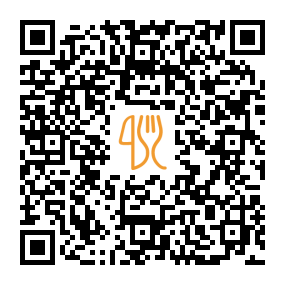Zarezerwuj teraz
Sprzężenie zwrotne
Przekaż informację zwrotnąThis is my favorite Subway because it's the most genuine! The staff may seem a bit grumpy while making your sandwich, but they really take the time to do it right, which sometimes results in a line—but that's a small price to pay. I'm also really pleased that they're extending their hours; Subway is no longer just for lunchtime! I highly recommend the double meat BMT, spicy Italian with crumbled Italian seasoning and cheese, plus turkey and bacon, all topped with spinach.
I had a disappointing experience at this restaurant. The staff member I encountered was quite rude, which made the visit uncomfortable. Additionally, I was surprised to find that the steaks were still frozen at 1 PM. After I went back to ask for more, the employee completely ignored me, as if I weren't even there. Overall, the customer service was subpar, and I expected to be treated much better.
The family that runs this restaurant is incredibly friendly. My sub was really fresh, and I highly recommend ordering a deluxe sandwich to help support them during these challenging times. Thank you for supporting a local family-owned business. This is the best Subway I’ve ever been to!
Hugh is the best employee of subway I have ever ran into.
By far my favorite Subway and the best one I 've ever been to. Employees are friendly and anxious to please, food always fresh, etc. I drive out of my way pass other Subways for this one. However....during Covid-19, I have a major concern. One of the employees wears her face mask below her nose. She claims it 's because of her asthma. Hmmmm...no research supports that but okay. We all know masks are uncomfortable but they are required to stop the spread of this virus. Research shows that the nose is an incredible spreader of the virus. Please pull your mask up or do not prepare food for others! Now nervous about eating at my favorite Subway!From the Asthma and Allergy Foundation of America....Should People With Asthma Wear Face Coverings or Masks?The CDC and the World Health Organization (WHO) both recommend that you wear masks or fabric face coverings in public where you can 't keep a proper distance from other people. The WHO recommends wearing a fabric mask that allows you to breathe while talking and walking quickly.A face covering may not be best for everyone. According to the CDC, these people should not wear face coverings:Children under age 2Anyone who has trouble breathingAnyone who is unconscious, unable to help themselves or can 't remove the mask on their ownSome people with asthma may experience discomfort or have trouble breathing while wearing a face covering. For people with very mild asthma or well-controlled asthma, it 's probably not going to be an issue, said Dr. David Stukus, member of the Medical Scientific Council for the Asthma and Allergy Foundation of America (AAFA). For people who have very severe disease and have frequent exacerbations, ER visits, hospitalizations, require lots of medications and frequent symptoms, it might cause more issues for those folks. It 's important to keep your asthma under control. Keep taking your medicines as prescribed. If you are having breathing issues that need your quick-relief inhaler (e.g., albuterol) more than two or more times per week, it 's a sign to call your doctor.We all need to work together to slow the spread of the new coronavirus. If you 're having trouble wearing a mask, try a different fabric or fit. Wearing some kind of breathable face covering is better than nothing. According to the WHO, medical masks when worn the right way do not cause you to breathe in more carbon dioxide or reduce your oxygen levels. And a homemade face covering made of three layers probably won 't fit tightly enough to affect your oxygen either. A face mask or covering may just be uncomfortable. Try coverings make from fabrics like 100% cotton T-shirt material. Or try tying something across your nose that hangs down freely to shield your nose and mouth.If you can 't wear a mask or face covering because of severe asthma or breathing distress, protect yourself from COVID-19 in other ways:Stay home as much as possible.Ask others to run errands or shop for you, or use delivery services if possible.When in public, keep a distance from others (physical distancing, about 6 feet).Avoid or limit close contact with people who are sick, and wash your hands often.Avoid crowds as much as possible.Avoid travel that is not necessary.Clean and disinfect your home and car regularly, especially items you touch often.
Pełne Karta
Więcej informacji
Link z kodem QR do karta









